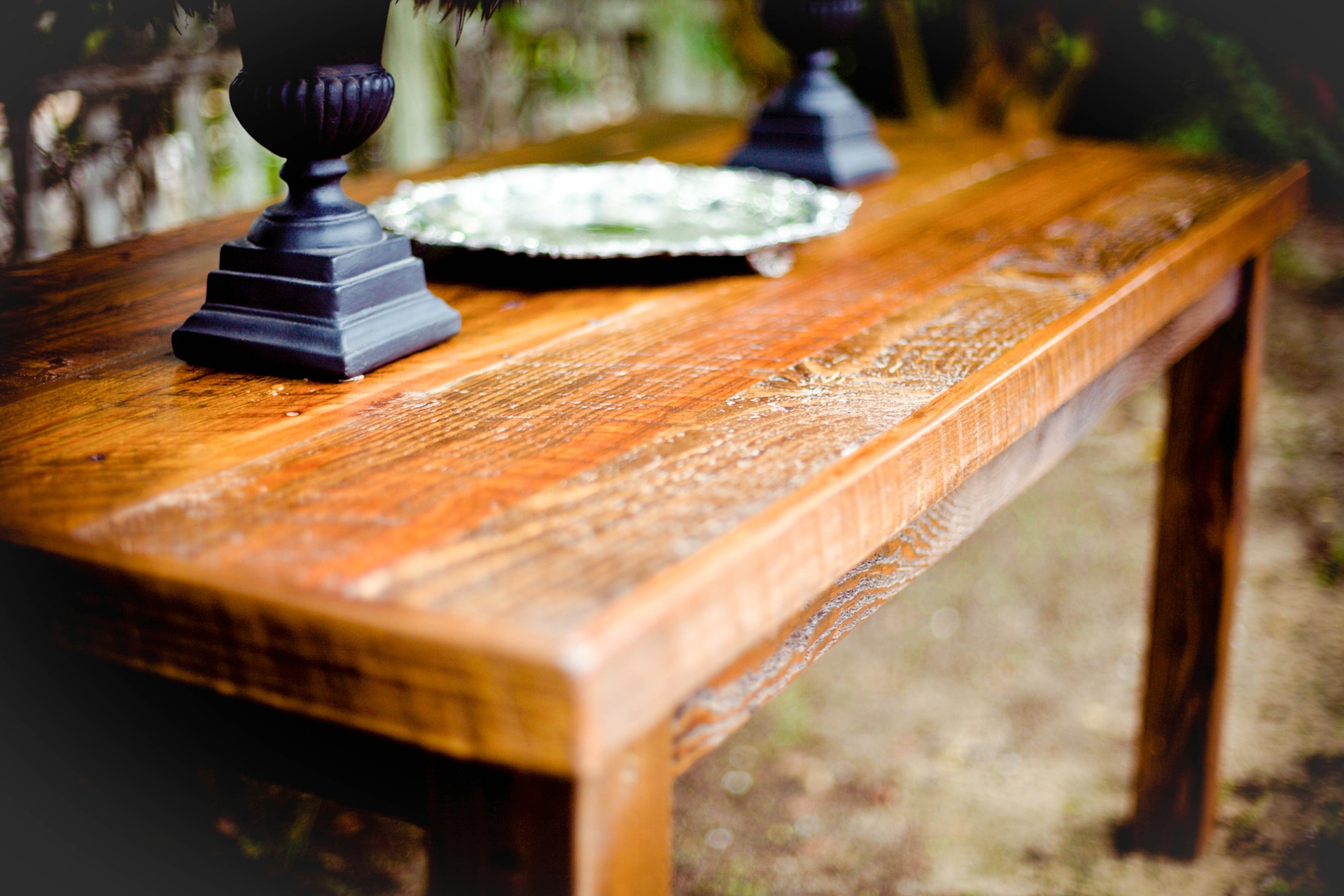Kitchen countertops take a considerable amount of beating from daily use. It is vital to choose a material that is not only appealing but also durable. Two of the most popular options available today are granite and quartz. Both materials are high-quality and look quite expensive. While some say that there is not a significant difference regarding the features of each kind of kitchen countertop material, there are several differences that may help you make a decision.
Heat resistance:
Regardless of how well you take care of your kitchen countertop, it will still undergo a fair amount of abuse over time. If you love to cook, damage caused by direct contact with heat is worth considering. Granite worktops London suppliers manufacture are sourced from quarries because it is a naturally occurring stone. As such, granite has high heat resistance. Putting hot pans directly on top of granite will not cause any damage, but if your granite countertop contains any sealant, it is best to avoid putting hot pots directly on it.
In contrast, quartz is not as resistant to heat as granite. Suppliers strictly advise never to place hot objects directly on top of a quartz surface. Quartz contains a resin which binds the particles together, and this resin will melt or warp when exposed to high temperatures.
Resistance to scratching:
Scratch resistance is another factor to consider in selecting a material for kitchen countertops. The resin binding used in quartz also makes it more prone to scratching with regular use. Granite, on the other hand, is more resistant to scratching; you can even cut food directly on it. Be careful however because the ruggedness of granite may cause knives to become dull, so it is best to use a wooden cutting board instead.
Easier maintenance:
One of the weaknesses of granite is its susceptibility to staining. Some varieties of granite tend to be more porous than others; hence, the possibility of staining. Nonetheless, you can reinforce granites stain-resistance by applying sealant at least once a year. The resin binding used in quartz makes the material non-porous and less resistant to staining, but the more resin content quartz has, the higher the chances of discolouration and damage caused by heat. Before assuming that quartz is superior to granite regarding maintenance, consider the resin content of the quartz countertop you are buying.
Cheaper option:
When it comes to cost, there is no doubt that granite is more affordable. However, several factors will affect the final estimate such as the size of your kitchen, the finish you choose, and the installation charge. When you are working with a set budget, it is essential to have complete estimates to avoid surprises down the line because costs do add up when you are building a kitchen from scratch.
Eco-friendly option:
Engineered materials like quartz may appear to be an eco-friendlier option, but keep in mind that the materials used to manufacture quartz are quarried off-site as well. This means that quarrying granite and producing quartz will likely use the same amount of resources and energy. Granite is a natural stone and won’t require further engineering. If you are concerned about the environmental impact of the material you are selecting for your kitchen, ask the supplier about their processes and sources.
Read Also:





















